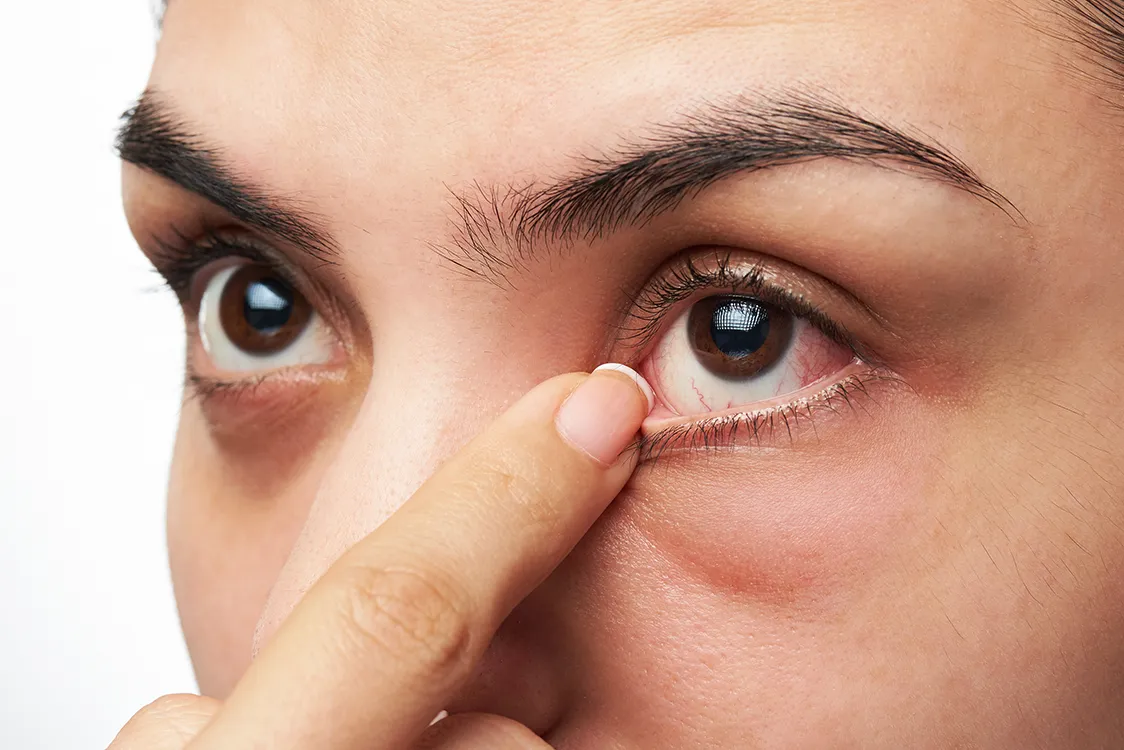Increased use of electronic devices increases the risk of development of Myopia and eye dryness. Around 50% of people are thought to have dry eyes, a condition that is frequently underdiagnosed. A mobile device, laptop, or desktop screen can cause dryness and eye fatigue, known as computer vision syndrome.
Mumbai: Nearly one billion people worldwide suffer from preventable near- or distance vision impairment. People of all ages, especially those over 50, are impacted by vision impairment. Every aspect of life is permanently affected by vision impairment and blindness, including daily activities, community interaction, educational and employment opportunities, and the capacity to use public services.
The leading causes of vision impairment worldwide are untreated refractive errors and untreated cataracts. However, other factors must be considered, including trauma, dry eyes, age-related macular degeneration, glaucoma, diabetic retinopathy, infectious eye diseases, and glaucoma.
“Nearsightedness, also known as myopia, has increased globally in recent years. Myopia affects more than 28% of people worldwide today, and by 2050, it’s predicted that 50% of people worldwide will experience some degree of myopia. Myopia incidences are rising due to increased screen time and other lifestyle choices. Recent studies have shown that a myopia epidemic is on the horizon due to the Covid pandemic’s significant increase in screen time, particularly among children. According to Dr. Kavita Rao, Consultant Ophthalmologist at Aditya Jyot Eye Hospital in Mumbai, a division of Dr. Agarwals Eye Hospital, “an increase in outdoor activities has shown to limit the development of myopia and have a positive effect on overall eye health.
Increased use of electronic devices increases the risk of myopia development and eye dryness. Additionally, it is estimated that 50% of people have dry eyes, a condition that is frequently underdiagnosed. Dryness and fatigue of the eyes caused by staring at any screen, whether mobile, laptop, or desktop, are referred to as computer vision syndrome. The evaporation of the eye’s tear film is facilitated by infrequent eye blinking while watching a screen.
The goal of World Sight Day this year is to have more than a million people promise to get their eyes checked. This theme and objective highlight the significance of being aware of our eye health and taking personal responsibility for this task. Let’s keep in mind and follow the four pillars of good eye health this World Sight Day: prevent, protect, preserve, and prioritize.





